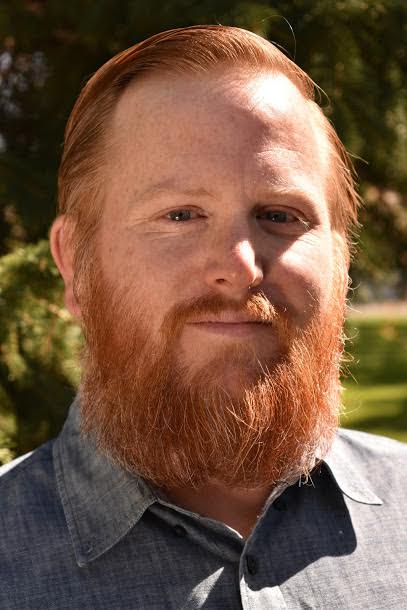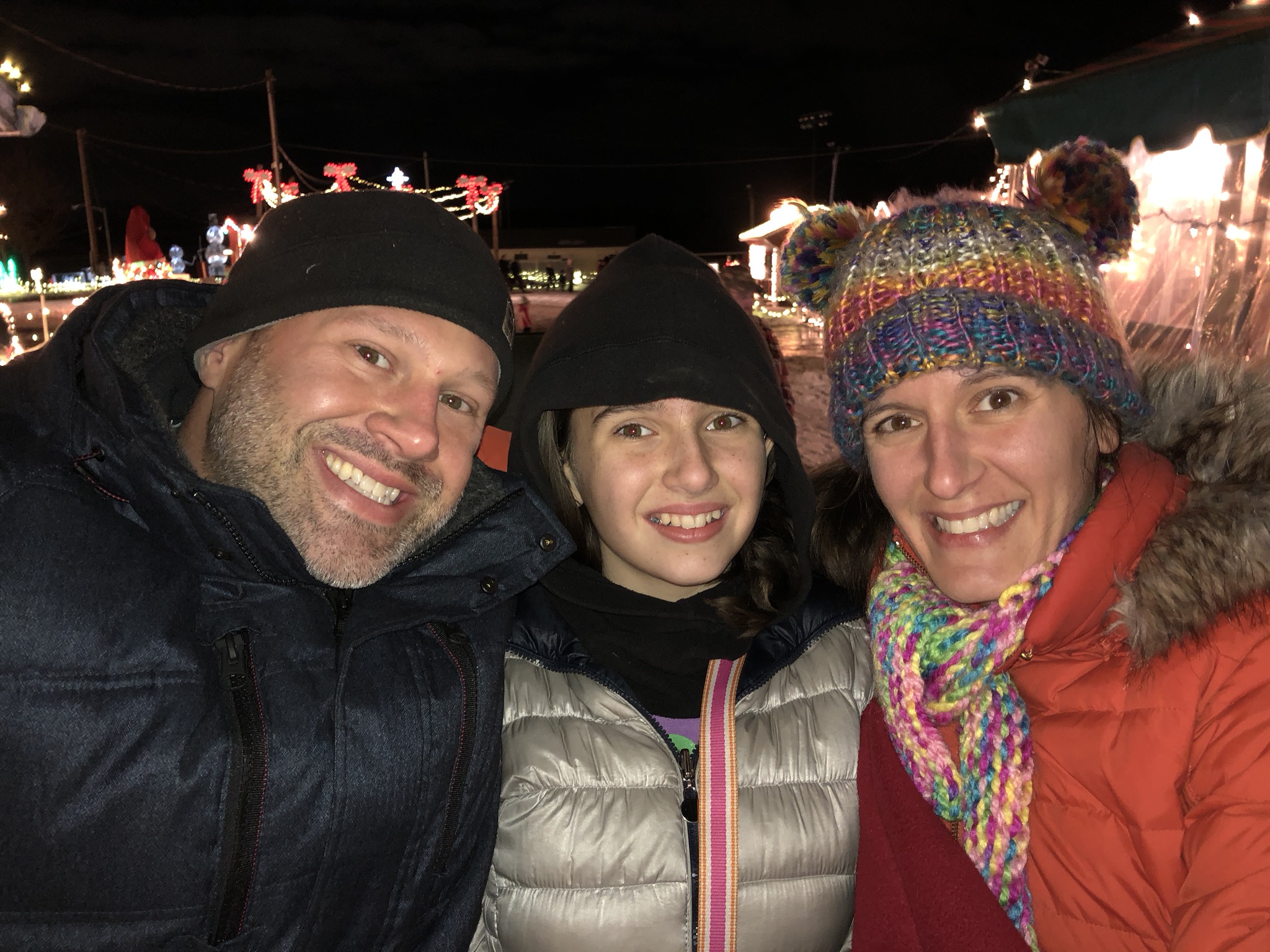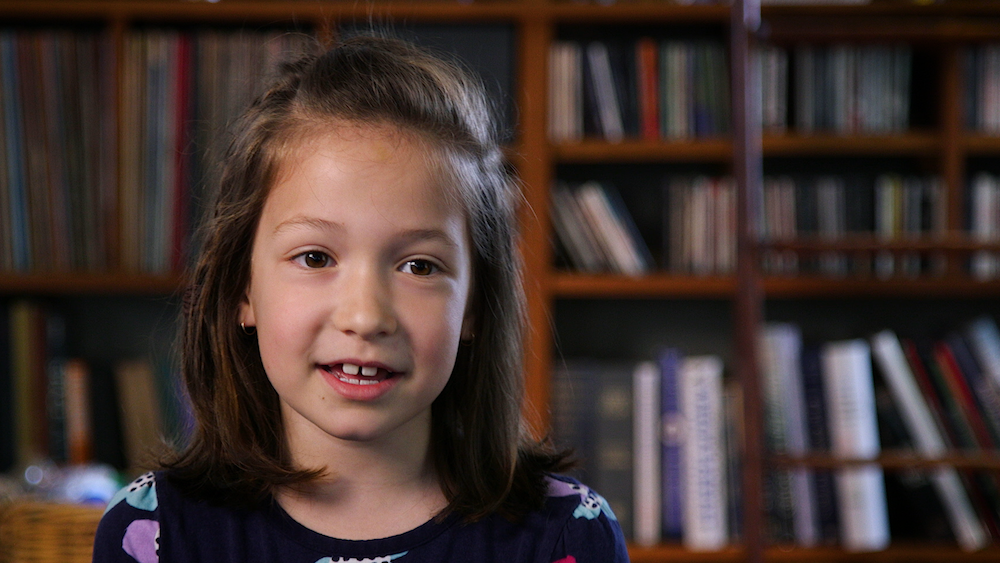By Jim Lynch
A Tricycle Mishap
For a 5-year-old a tricycle is a mini Lamborghini. Whether this particular model belonged to my family or our next-door neighbor has long since faded in memory, but what made it especially attractive was fashioned to its handlebar: a rubber squeeze-bulb and silver metal horn. Jackie Gilroy and I took turns riding it between our houses for hours during the summer before I was scheduled to enter first grade. We were particularly fascinated by the sound of the horn, a noise we could make louder by using two hands to squeeze air into the metal chamber.
I can’t remember which of us made the suggestion, but one day we discovered that if we placed our ears next to the horn, the sound was louder still. Therefore, in the impulsive and thoughtless manner of children, we took turns blaring that explosive clangor into each other’s ears at point blank range for a good part of the afternoon. We laughed at our discovery and discovered that the effect lasted even longer, with ringing in our ears.
When I woke the next morning and came downstairs, my mother was at the stove finishing scrambled eggs for my breakfast. As she put my plate before me, I saw her lips moving, but I heard nothing. I put my hands to my ears and began to cry as she tried without success to converse with me. Not only couldn’t I hear her, but I also couldn’t hear my own words, or even the sound of my crying. Overnight, I had become completely deaf.
Facing It
Over the next few days, some muted hearing gradually returned. After I informed her of my squeeze-bulb horn activity, she made an appointment for us with an audiologist. After explaining to him what I had done, and undergoing what passed for extensive testing in midcentury (I remember a series of tuning forks and having to turn my head at various angles and respond to his whispered questions), he informed her that I had permanently damaged the nerve endings at the higher frequency range of hearing in both ears. I remember him telling her that what had happened to me was akin to a soldier’s hearing when a grenade goes off in close proximity. While I didn’t suffer physical injury, the hearing loss was the same.
Even if there were hearing aids available during that era, two things became readily clear: my family would not have been in a financial position to afford them, and, given the type of hearing loss I had sustained, they wouldn’t have helped. Whatever the quality or degree of auricular attenuation I had sustained, it was permanent, and would last for the rest of my life. At five years of age, however, I was simply happy to have regained a measure of hearing. Whatever consequences suffered by Jackie Gilroy are lost to memory.
At that point in my young life, I had little trouble understanding my parents, siblings and friends who were in close proximity. They sometimes had to get my attention if my head were turned (my brothers would often yell, “Hey Beltone!”), but face-to-face conversation was possible. Even so, my parents decided to postpone enrolling me in first grade that September, with the hope that things might somehow improve before I would need to function in a classroom environment.
Starting first grade a year later, I began a long auditory adjustment that paralleled any and all social interaction. My hearing difficulty often appeared to teachers and fellow students as indifference, disrespect or stupidity. High-frequency loss also made it impossible to hear the syllables of some words, and therefore difficult to pronounce them as well.
The “ed” on the past tense of “ask,” for example completely disappeared. Sibilant syllables vanished from spoken words, and the susurration of whispers made them indecipherable. Embarrassment and mockery are stern but effective teachers, however, and they provided remarkable motivation for a trial-and-error approach to the demands of a wider world.
And Faking It
I soon ascertained that there were many compensatory methods to bring to bear on my degraded hearing. I quickly learned, for example, that the first hint of what others were saying lay in their facial expressions. A frown, scowl or smile provided a starting point for what was to come.
Tone of voice was also a powerful indicator. A flat, staccato grouping of words coupled with a stern expression were causes for apprehension, while a soft, lilting tone combined with an open face often indicated harmony or agreement. If a speaker’s inflection turned up at the end of his sentence, he was likely posing a question.
I further adapted to a system of filling in the gaps when some of the words in a sentence went unheard because of distance, volume or pronunciation. “In what____ was the _______Armada ________ by Great _______?” From the back of the class, such an obvious question (upward inflection at end of sentence) could be understood in sufficient time by a student with hearing loss who had read the assigned history chapter. Those strategies worked with a modicum of success in a classroom where one person spoke at a time. In a noisy environment, however, sounds grew more remote and understanding more problematic.
When as an adult I had an extensive and more sophisticated evaluation done by an audiologist, I discovered that my hearing levels were 70% of normal in the left ear, and 72% in the right. Because of years of adapted strategies, however, my range of understanding registered in the low 90% level for both ears in a quiet, isolated environment.
Lingering Difficulties and Treatment at Last
Nevertheless, song lyrics and movie dialogue continued to pose problems. Because the usual strategies often failed in such circumstances, I often relied on imagination to provide meaning. With resourceful creativity, I used the melody of songs, and the tone of cinematic dialogue, as well as body language of the actors, to provide sufficient clues to the overall context of songs and movies. I sometimes think that my imagination provided better lyrics and dialogue than the lyricist or scriptwriter.
Not until 2005 did technology become available to augment my adaptive methodology. The devices I now use improve my hearing marginally, but I still rely on a lifetime of learned maneuvers to interact with others. Although the sounds of previously difficult sibilant syllables became somewhat crisper, other problems remain or were created.
A moderate wind sounds like a typhoon when it blows over the device’s microphone. In addition, ambient noise levels can still totally negate any level of discernment. At a social gathering such as a wedding reception, for example, the murmur and babble of guests make understanding people directly across a table hit-and-miss. When the band or DJ begins, I must cease conversation altogether, except to respond to the person to my immediate right or left, and then with considerable difficulty.
In the classroom, my disadvantage created a different approach to interaction with students. Because I was fortunate to teach in an atmosphere of deference and tranquility, the majority of conversations with students proceeded nicely. Sometimes, however, soft-spoken or rapid-speaking students, or those in the rear of the class could pose problems. If a request for a repeated question or comment failed to generate clarity, years of learned compensatory techniques usually facilitated sufficient comprehension.
It Made Me a Better Teacher
In retrospect, I suspect that my auditory deficit, and the changes it wrought, made me a better teacher than I would have been with typical hearing. Because I had to utilize alternate methods and techniques (with a visible keenness of focus) to interact with students, my interest in their opinions and evaluations must have conveyed an unusual intensity. As I strained to comprehend their questions, concerns and comments, my physical demeanor emphatically registered the genuine value I placed on understanding their questions and comments in class discussions.
While a reduction in the ability to hear does not rise to the level of a significant physical disability, it changes the manner in which one must approach life. Such changes, although onerous, can also foster unforeseen advantages. My career as an educator was predicated on an adaptive approach to classroom procedure and management. Without a youthful hearing injury, I may not have gravitated toward teaching at all, or have enjoyed four decades of participation in that noble profession.
Jim Lynch was a high school English teacher for nearly four decades in the Wilkes-Barre, Pennsylvania area, as well as an adjunct English instructor at area universities and a community college. In retirement, he resides in Fleetwood, Pennsylvania with his wife of 51 years and two cats.






















